St. Anastasia Island in Bulgaria
St. Anastasia Island is a small Bulgarian island in the Black Sea, located just a few km off the coast of Burgas.
It's named after the former St. Anastasia convent located on it.
In 1925, a group of 43 political prisoners (communists and anti-fascists), led by Teohar Bakardzhiev, revolted and escaped from the island, subsequently fleeing to the Soviet Union. In their honor, the island was renamed Bolshevik Island when the communists came into power in 1945. Bulgarian film director Rangel Valchanov based his 1958 film On The Small Island (Bulgarian: "На малкия остров") on this event.
HISTORY
The earliest human presence on the island is evidenced during the period of late antiquity (IV – VI century). A proof of this is the abundant ceramic material found in underwater researches conducted in 1973.
During the last decade of the 17th century, the Saint Anastasia Island is marked on the map of the Black Sea for the first time by the Dutch cartographer Nicholaes Witsen.
The Monastery
The monastery “St. Anastasia Pharmacolitria (Healer)” is the only insular cloister in Bulgaria part of which is preserved until today. In the Middle Ages, such holy sanctuaries existed on Sozopol Islands of St. Ivan, St. Kirik and Julita as well as on the Island of St. Thomas but there are only archaeological remains now.
The earliest evidence of the existence of the monastery dates to the 15th century. Over the years, it has been burned several times and attacked by pirates.
The monastery church, called “Uspenie Bogorodichno”, is small with solid stone structure fortified with wooden reinforcement props. This oldest part of the church has been later turned into an altar. Between the altar and the subsequent extension of the monastery, there is an extraordinary wooden iconostasis from 1802. The newly discovered by conservation activity inscription proves the construction of a stone building in 1772. At the beginning of the 19th century, this inscription was incorporated into the newly built convent.
The Bulgarian “Alcatraz”
The cloister existed until 1923 when the monastery was turned into a prison. There are exiled 132 communists and agrarians. The difficult maintenance of the island prison forced the government to transfer the prisoners to the Burgas police station, and some of them were released.
After the attack in April 1925 in Sofia’s St. Nedelya Church, the island was again turned into a prison. On 29th July, 43 people of the detainees managed to escape with two rowing boats up to Cape Chukalya from where they hide in Strandzha Mountain. In their memory, part of the monastery was later transformed into a museum.
The Lighthouse
In 1889, the lighthouse on the island was built by a French company. It was mounted on an iron pole, raised 40 metres above the sea level, and in good weather its light was visible for 10 miles. In 1912, the foundations for the new lighthouse, which directs the ships until today, have been laid in the northern part of the island. The lighthouse was lit for the first time on 13th June, 1914.
The island after the 1960s
From the 60s to the 80s of last century, the island became a favourite place for creative bohemians of Burgas. His “governor” for many years is the great poet Hristo Fotev who spent much of his time there. At that time, there was a restaurant, small hotel, church and pier.
The island is also popular for having filmed Rangel Vulchanov’s films “On the Little Island”, and “The Island” by Kamen Kalev, starring Laetitia Casta
Since 2001, Saint Anastasia has the status of a cultural and historical landmark.
Saint Anastasia Island Today
The most romantic place in Burgas Bay – the Island of St. Anastasia offers miraculous herbs and potions in Lekarna, a monastery cell from the Middle Ages where you can spend the night, and restaurant with authentic local dishes from old recipes. You can get there by boat that departs from “Magazia 1” (just before the Sea Station – Burgas).
Until recently it sounded like a fairy tale, but since May 2014 it is part of the reality of Burgas thanks to the won and implemented by the Municipality project “The cultural and historical heritage of Saint Anastasia Island”, and “The city of Burgas – an attractive and competitive tourist destination” financed under Operational Program "Regional Development".
The Life of Saint Anastasia
Saint Anastasia the Pharmakolytria is among the few women-martyrs, honoured with extreme zeal and love both from the Catholic and Eastern Orthodox Church.
Anastasia was born in Rome in a noble family. Her father, Pretestat, was a senior, and her mother Favsta professed Christianity. Her Christianity teacher was Chrysogonus, subsequently canonized. After her mother’s death, Anastasia was forced to marry Senator Pompliy. To protect her purity, she pretended to be terminally ill, and so she did not allow her husband to be close. Pompliy put his wife to humiliation and insults but soon he died while his ship sank during a storm. Thus, Anastasia remained a widow and began to use her wealth to relieve the suffering of the imprisoned Christians. She began to travel from city to city, and everywhere she encouraged her co-religionists, giving them food and healing, and when she could, Anastasia paid rich to the jailers for their release. Gradually, she studied the medical craft to the finest, and became a legendary healer. That is why she was called “Pharmakolytria” – from Greek “a savior of sufferings”.
During these years, Emperor Diocletian has subjected Christians to the greatest persecution in the history of the church. At that time, Anastasia was in the province of Illyricum in the city of Sirmium. One morning she went to jail as usual and found it empty - the night before, all Christians were killed. She was crying, and so it became clear to all that she was a Christian. They immediately arrested her, and despite the Emperor’s personal exhortations, Anastasia did not renounce the Christion faith, and had been thrown in jail. She was left without food but still alive for 60 days. Consequently, along with another 121 prisoners, she was loaded onto a ship that was deliberately punctured. Thanks to the prayers of Anastasia, the ship did not sink, and the prisoners managed to bring it to the nearest shore. When he found out about another unsuccessful attempt to be killed, the governor of Illyric ordered Anastasia to be stretched between four pillars and burned alive.
On 22nd December 304, the order was executed. According to the church legend, Saint Anastasia died but her body remained undamaged by the fire. The memory of the Saint is celebrated on 22nd December - the day of her martyrdom.
MUSEUM
On the second floor of the large monastery building you can find interactive museum exhibition, which represents the rich history of Saint Anastasia Island. The Island’s past is revealed as pirates’ treasury, monastery, prison cells and inspirational place for many writers and poets.
Interesting part of the museum is the successful combination of traditional exhibition and interactive methods of visualization. The museum gives you the opportunity to feel unique experience, immersing in the history of the island.
The museum exhibition includes six separate rooms and each one of them reveals different stage of the history of Saint Anastasia Island.
Treasury
The first room of the museum recreates the most distant past of the Island. It combines exposure of artifacts found in the waters of the island over the years with stories and legends about pirate attacks in the past. Island’s “treasure” includes Spanish, Venetian and Turkish coins. The interior is enhanced by attractive lighting.
“Ekamos”
The Burgas poet Hristo Fotev had called the bioluminescent effect of the plankton “ekamos”. Room “ekamos” recreate this magical natural phenomenon and it seems like we are immersing in one virtual romantic night swimming in the sea.
The monastery Island
This room is connected with the monastic past of the Island. Here you can see the authentic life of monks presented by various objects – icons, books, letters, plates, cups. The picture of monastic life becomes alive in front of the visitors due to video projectors.
Prison cell
Sounds, videos and pictures represent the prison period of the history of Saint Anastasia, when the island was called Bolshevik. The room is designed as prison cell. Portraits and archive footage round out the picture of the lives of those who served their sentences in the Island.
Saint Anastasia
This part of the museum is dedicated to the saint whose name the Island bears today – Saint Anastasia Farmakolitriya. Icons and images from different schools and periods acquaint visitors with the saint. How did Saint Anastasia live and die and where her name Farmakolitriya comes from – the answers of these questions are given in this room.
Plus Ultra
Plus Ultra (from Latin – “From now on”) is an inscription on Spanish coins, minted during 17th century. This signs gives the name of the last room of the museum. The recent history of Saint Anastasia Island is presented here by events and personalities from the 70s of the last century until nowadays.
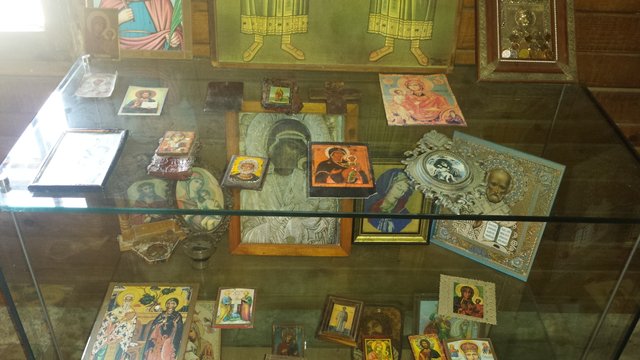
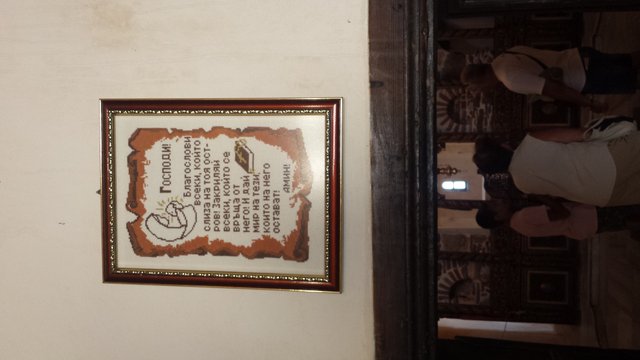
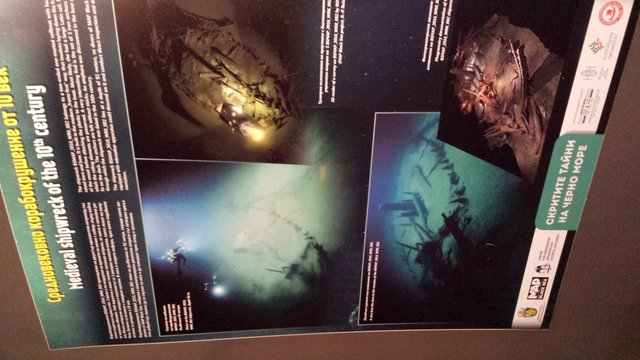
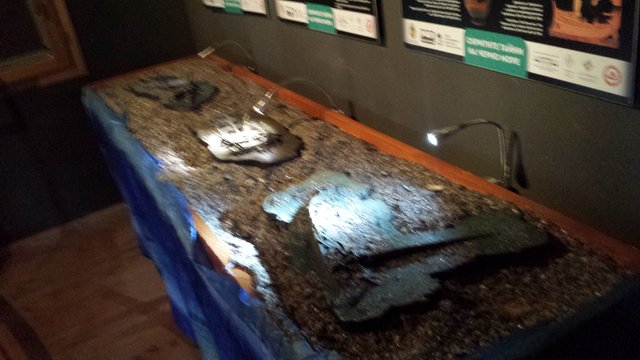
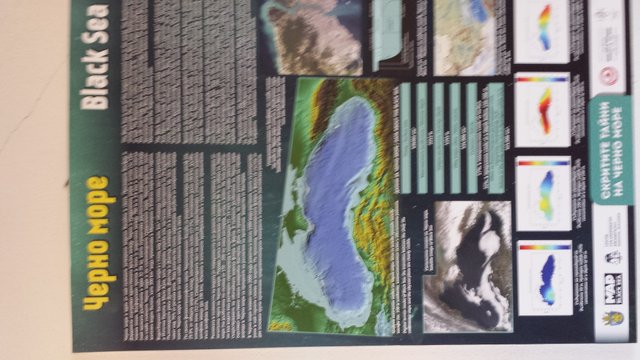
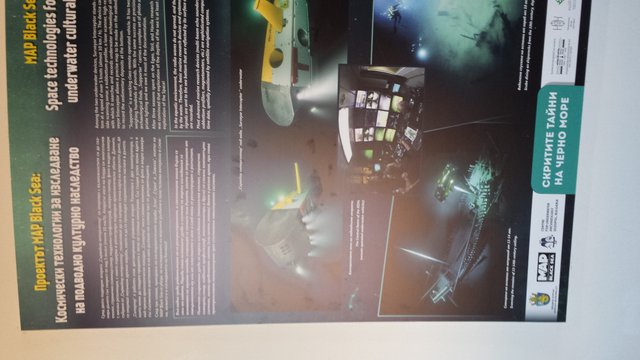
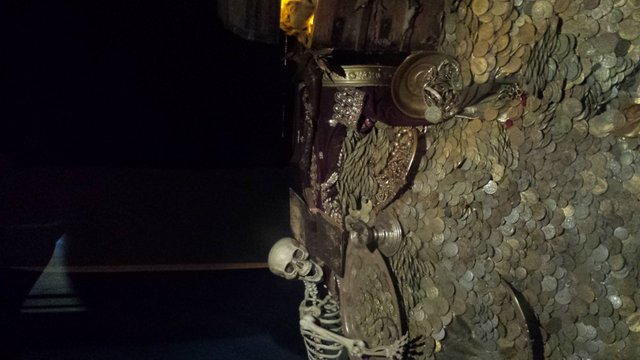
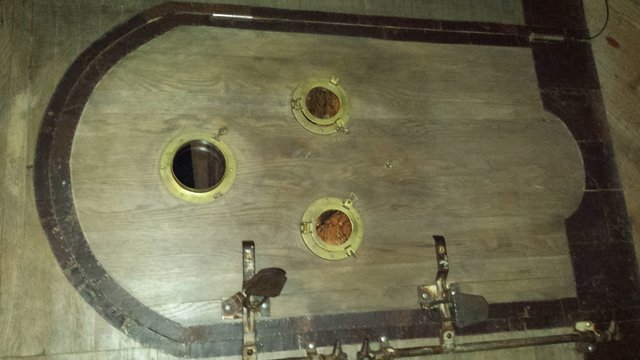
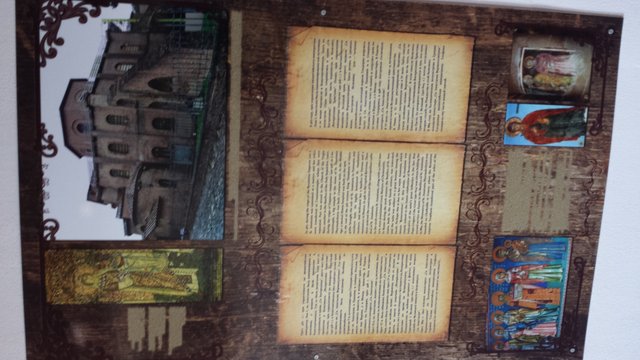
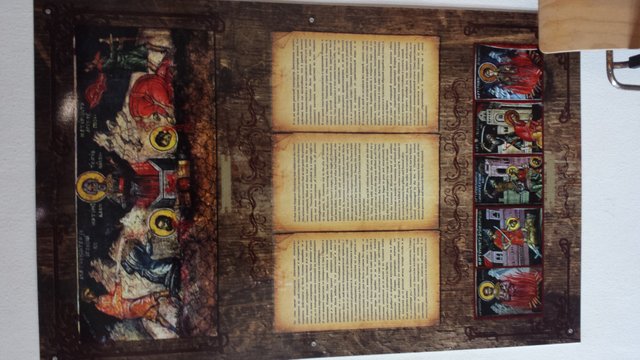
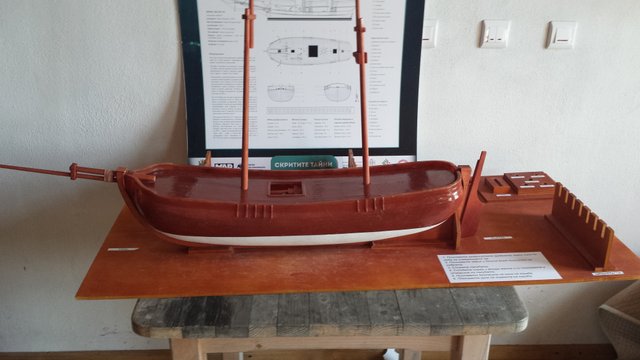
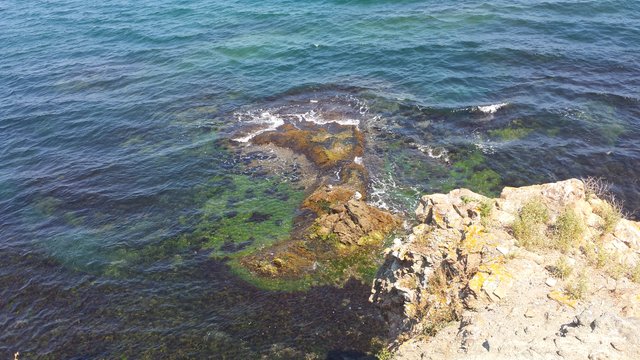
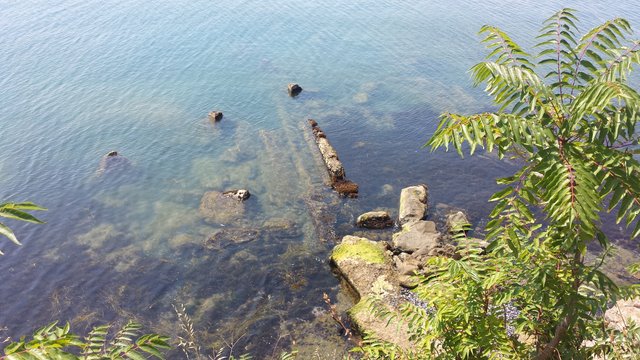
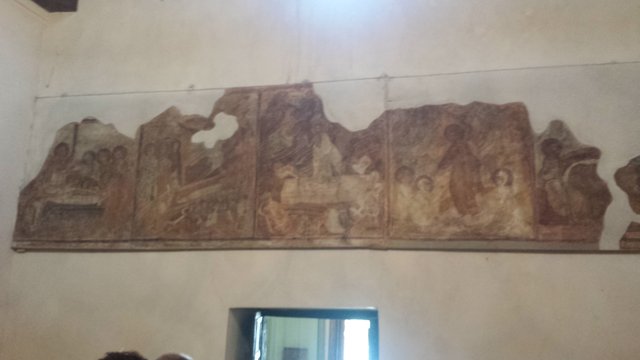
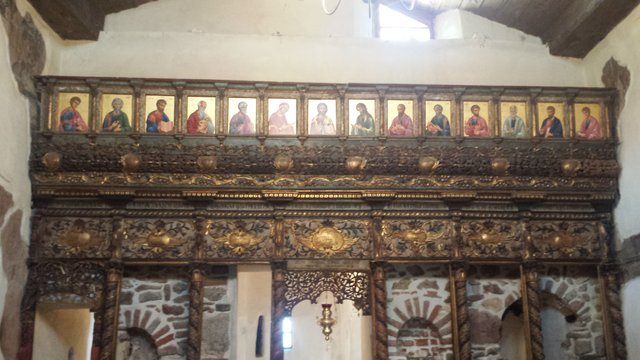
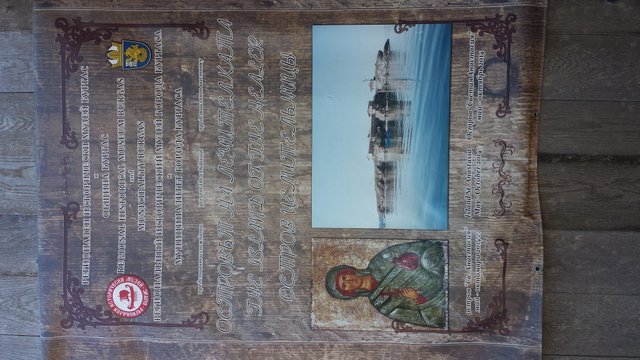
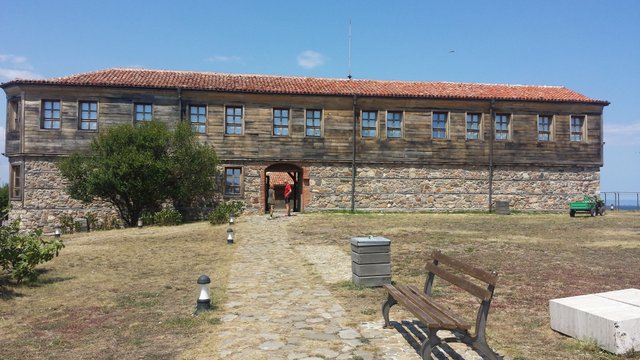
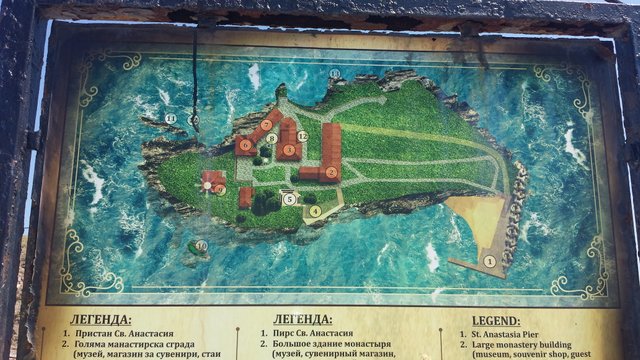
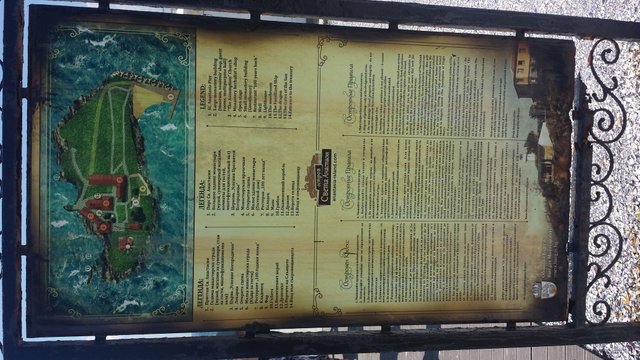
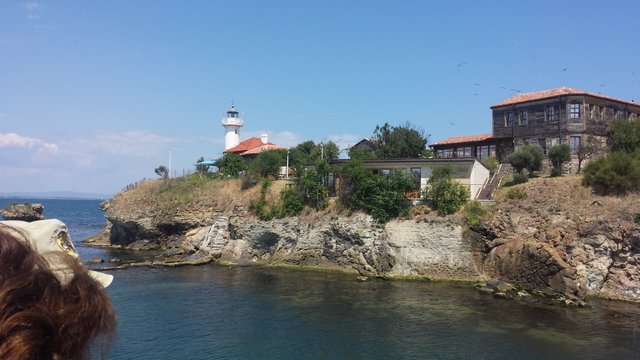
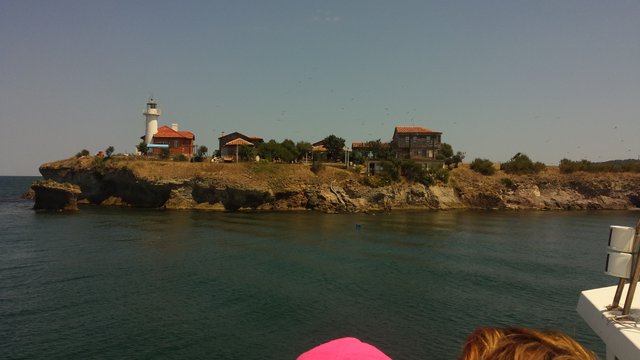
Interesting history. I would like to visit this place at some point.